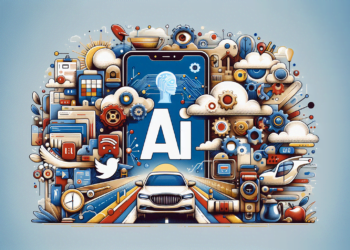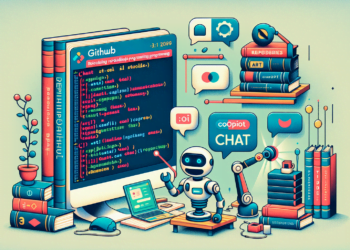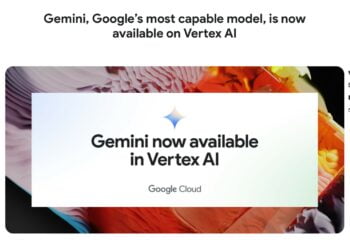Understanding and modeling human language are, undoubtedly, exceptional abilities that require not only the massive processing of linguistic data but also an understanding of context and culture intrinsic to humans. Advances in artificial intelligence (AI) and machine learning (ML) have made it possible for machines to imitate, and in certain aspects surpass, these complex human skills. With the development of language models like GPT-3 and the recent introduction of LLaMA, AI is reaching horizons that were unimaginable just a few years ago.
Foundations of LLaMA
LLaMA (Large Language Model – Meta AI) represents one of the most significant advancements in the area of language models. Originating from Meta AI (formerly known as Facebook AI), this model is a clear example of technical progress that refines and expands the capabilities of Transformer architectures, which have proven to be exceptionally effective for natural language processing (NLP) tasks.
Architectures and Algorithms
Transformer language models, upon which LLaMA is based, depend on an auto-regressive attention structure that enables AI to pay attention to different parts of text input in a manner that mimics human comprehension. LLaMA 2 is built upon this foundation, enhancing the scalability and training efficiency. The heart of this improvement lies in sophisticated attention algorithms that optimize the use of computational resources, allowing for more extensive training and, consequently, a more precise and detailed model.
Large Volumes of Data
LLaMA’s capabilities are not only a function of its architecture but also of the vast corpus of text with which it has been trained. By addressing and analyzing large volumes of data, the model learns linguistic patterns, contexts, and even intrinsic subtexts to different languages and dialects. This diversity and inclusion of languages greatly enhance its capacity to understand and generate responses in multiple languages.
Emergent Applications
The practical applications of LLaMA are as diverse as its training data and modeling structure. They range from automated text generation—such as creating articles or constructing plausible dialogues for chatbots—to the ability to carry out complex textual synthesis needed in executive summaries or data analysis.
Content Generation
In the area of content generation, LLaMA excels in its ability to produce coherent texts tailored to a specific target audience. This is possible due to its training on a diverse array of writing styles and genres, allowing it to identify and emulate particular styles for different applications.
Virtual Assistants
Another revolutionary scope for LLaMA application is the development of advanced virtual assistants. Unlike previous models, this one can handle real-time interactions in a more humanized and efficient manner, understanding nuances and responding coherently and contextually.
Challenges and Future Directions
Despite the commendable progress, a persistent challenge for these models is avoiding the generation of biased or harmful text. How LLaMA handles algorithmic ethics and data bias is an active and critical line of research.
Algorithmic Ethics and Bias
Mitigating algorithmic bias requires careful curation of datasets and mechanisms to detect and correct biases. Additionally, Meta AI has the responsibility to establish ethical frameworks that guide the use of LLaMA, ensuring that its applications are responsible and respectful of privacy and diversity.
Advancements in Architecture
In terms of architecture, the future direction focuses on refining attention mechanisms and enhancing energy efficiency, which includes better adaptation to specific hardware and reducing the carbon footprint of the training and inference of giant models.
Exemplary Case Studies
A revealing case study of LLaMA’s capabilities includes its use in the field of medicine, where it has been employed to interpret scientific texts and provide summaries for healthcare professionals, quickening the availability of critical information during emergency situations.
Conclusions
In conclusion, the LLaMA model represents the state of the art in the field of AI and a promise for future developments. While still in its infancy, we are already witnessing its transformative applications. Continuous innovation in methodology and ethics associated with these models will undoubtedly offer significant benefits to society, although always requiring careful consideration of the risks inherent in any powerful technology.






















